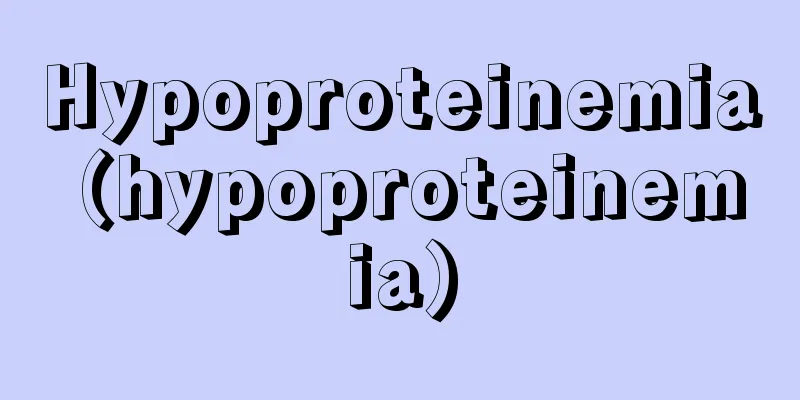Past - Past

|
A pass for ancient and medieval checkpoints and ports. Also written as "kasho." Under the ancient Ritsuryo system, checkpoints and ports had military and police functions, and because there was a need to regulate passage through them, government offices issued passes. These were called kashō, and their regulations were recorded in the Kanshiryō and their formats in the Kushikiryō. Wooden strips of kashō were excavated from the site of Heijo Palace. As the distribution economy developed, checkpoints and ports in the Middle Ages were established within their own territories by manorial lords and local feudal lords, primarily for the purpose of collecting customs duties. During the Warring States period, checkpoints once again took on military and police functions. Therefore, medieval kashō were certificates of exemption from customs duties and also certificates of safe passage. Therefore, the pass became indispensable for merchants and craftsmen who traded between long distances, and was issued by the Emperor, the Shogunate, Shugo, Sengoku daimyo, and others. The style of the pass was not uniform, and in the Muromachi Shogunate, it was a decree signed jointly by the magistrates. In the early modern period, the checkpoints took on military and police functions again, and to pass through them, a checkpoint pass was required instead of the passpoint. [Atsuko Suzuki] [Reference] |Source: Shogakukan Encyclopedia Nipponica About Encyclopedia Nipponica Information | Legend |
|
古代・中世の関、津の通行証。「過書」とも記す。古代律令制(りつりょうせい)下では、関、津は軍事・警察的機能を担っており、その通過を規制する必要から、官衙(かんが)が通行証を発行した。これが過所であり、その規定は関市令(かんしりょう)に、書式は公式令(くしきりょう)に載る。平城宮址(し)からは、木簡の過所が出土している。中世の関、津は、流通経済の発展に伴い、おもに関銭徴収の目的から、荘園(しょうえん)領主、国人領主らが自己の領域内に設置した。戦国期に入ると関所はふたたび軍事・警察的機能を帯びるようになった。それゆえ中世の過所は関銭免除状であり、さらに通行安全保証状でもあった。そこで過所は、隔地間取引商人や手工業者らに不可欠なものとなり、天皇、幕府、守護、戦国大名などがこれを発給した。過所の様式は一様でなく、室町幕府の場合には奉行人(ぶぎょうにん)連署の下知(げち)状であった。近世の関所は、ふたたび軍事・警察的機能を帯び、その通行には、過所にかわって関所手形を必要とした。 [鈴木敦子] [参照項目] |出典 小学館 日本大百科全書(ニッポニカ)日本大百科全書(ニッポニカ)について 情報 | 凡例 |
>>: Khajurāho - Khajurāho (English spelling)
Recommend
Oshi people - Oshi tribe
…Famous Sarmatian treasures include the artifacts...
Day tank (English spelling)
...This involves replacing damaged firebricks, an...
Khalihl Maṭrān
1872‐1949 Arab poet. He is called the "Poet o...
Usugeyanagiran - Usugeyanagiran
...It grows in colonies in open grasslands and de...
Spring God - Shunshin-kun
Prime minister of Chu in the late Warring States ...
Hydrurga leptonyx (English spelling) Hydrurgaleptonyx
…A general term for four species of mammals in th...
Scalpel
…It is mainly used for surgical incisions. The wo...
Order to abolish donations
In 1789 (Kansei 1), the Order for the Cancellatio...
Flashing discharge lamp (Flashing discharge lamp)
Also called a flash lamp. A discharge lamp filled ...
Sakazaki Bin
Year of death: February 17, 1913 Year of birth: No...
Kabarda
...A general term for the three ethnic groups of ...
Li Shizeng - Li Shizeng
Chinese scholar and politician. A senior member of...
Asadābādī (English spelling)
…He called himself Afghan, but was born in Iran. ...
Scholar-officials - Shitaifu
Generally, this term refers to the upper class in...
Folies-Bergères (English spelling)
...After World War I, music halls began to declin...









